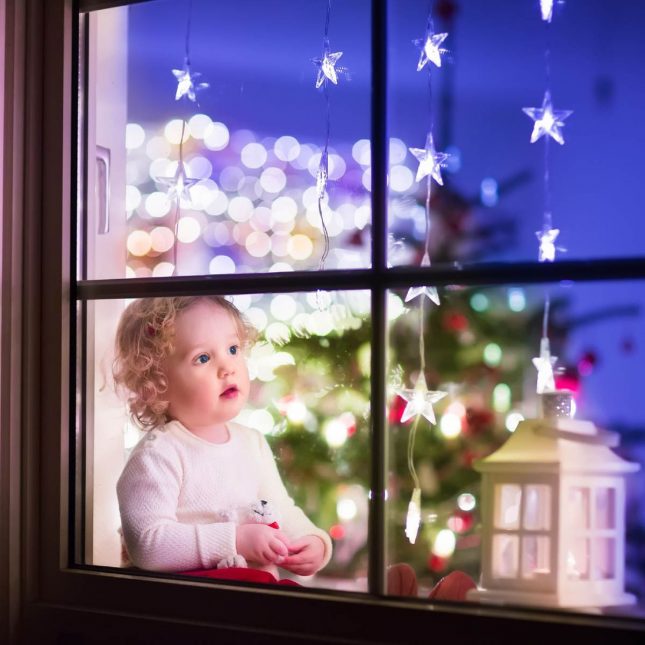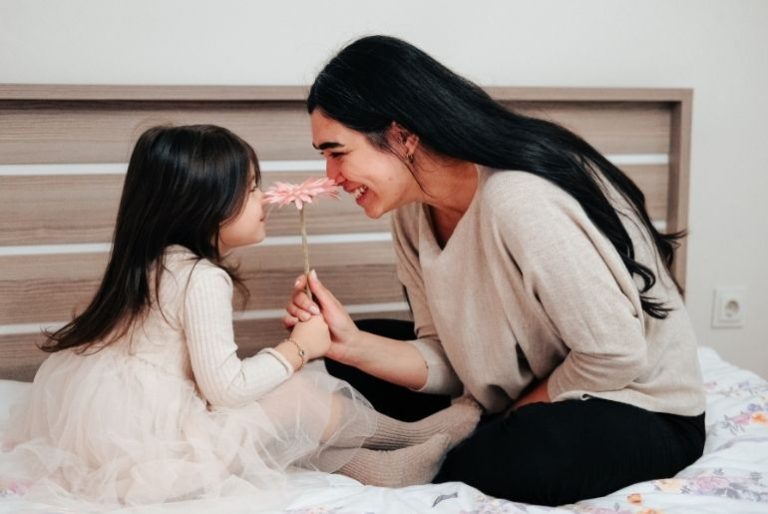I can still remember the anticipation and excitement as the weather warmed, the days got longer and Christmas decorations and music started to appear in the shops at this time of the year. It was a wondrous feeling, the anticipation that magic was in the air and that somewhere out there, was a big old fat man in a red suit who was thinking about me and what I might like for Christmas. What made it even more special, I think, is that he lived in a far-away place where it was cold, and snowy – a very foreign idea to a Kiwi girl from the southern hemisphere. The traditions of Christmas are part of what makes the magic and part of the legacy we pass on to our children.
My family did Santa (or Father Christmas officially) in our house incredibly well. So much so, that I was absolutely devastated to learn that he wasn’t real when I was a little older. (I won’t say exactly how old as that is now slightly embarrassing). For me, it was a turning point in that I came to realise that magic wasn’t real. And that adulthood had begun.
Traditions and celebrations give parents an opportunity to encourage children to truly believe in the magic of this time of the year. For it is only in childhood that we can have an unwavering and unquestioning belief in magic. That the whole world is so much bigger and more vibrant than that of the adult world.
This magic, imagination and belief is so crucial from a developmental perspective, it simply can’t be brushed off as nonsense or detrimental to a child’s upbringing. It can’t also be seen as ‘lies’ or ‘deception’ if it is done right – with love and care. If you worry about how to manage the disappointment as your child reaches the age of a ‘non-believer’ – here is a link to a fantastic example of how to break the news gently. As one who was so upset when the news broke, this is a wonderful way of explaining the intent behind the magic of Santa and all of his lovely work.
So how do we start the magic and carry it on? For those who have lived in houses where Santa has regularly visited as a child, you will have some fairly set traditions in place already. These may include leaving the rations out for Santa on Christmas Eve, ensuring his reindeer are also well cared for in the process. You may encourage letter writing to Santa before the big day (also useful if you are stuck for ideas for presents……take a copy and keep it with you while you are out shopping). You may have rules in place about which presents you get to open first, or last, or who is given what on the day itself. You may have stockings by bedsides, or by firesides, or by tree-sides……the options are endless. In our household, I am even careful to use very different wrapping paper when preparing the Santa presents …. my little ones do not miss a beat. If they suspect Santa has the same wrapping paper as their mother uses – the jig will be well and truly up! The Santa tradition is vast and endless – it really comes down to how you establish the way it works in your household, and that you consistently celebrate this tradition every year. It is through consistency that traditions are created.
We have also begun other traditions in our little family that have not been transferred through from the generations.
- We have introduced Eldrin the Elf, who appears on or around 1 December as Santa’s Chief Advisor. He watches during the day for good choices and kind words and then reports these back to Santa of an evening when children sleep. Already, my son this year is saying how he cannot wait for Eldrin to arrive again soon.
- We have also introduced the ‘Polar Express’. We have the children get ready for bed….and as they hop into bed, they find their golden ticket which provides them with entry into the ‘Polar Express’ (our Mazda Family Wagon) where we head off to look at the Christmas lights and end with hot chocolate on the way home. Our children are usually asleep before dark this time of the year – so it is a real treat to be up late looking at the lights.
- Finally, each year, our kids are required to choose a toy of their own to give to a charity such as Women’s Refuge, Salvation Army or Starship Hospital. These must be excellent working toys that they no longer play with. The tradition is not in the toy giving itself, but it is in all the talk around the purpose of the year, the gratitude they have for the life they live and the empathy towards those who may not be as fortunate as themselves.
For in our household this is by far the most important message we want our children to understand about Christmas. That, while we encourage it all year round, Christmas is a ‘stop and pause’ moment – stepping outside the business of life to truly think and care for others. After all, isn’t this really the ultimate message of Santa itself? That someone else, without agenda or motive simply works his way slowly across the world giving and spreading joy to all, no matter their station in life? If Santa can do this, then surely our children can too.






